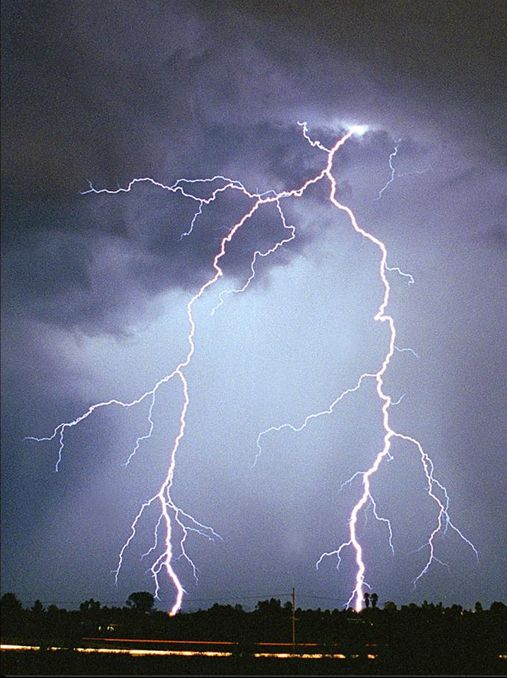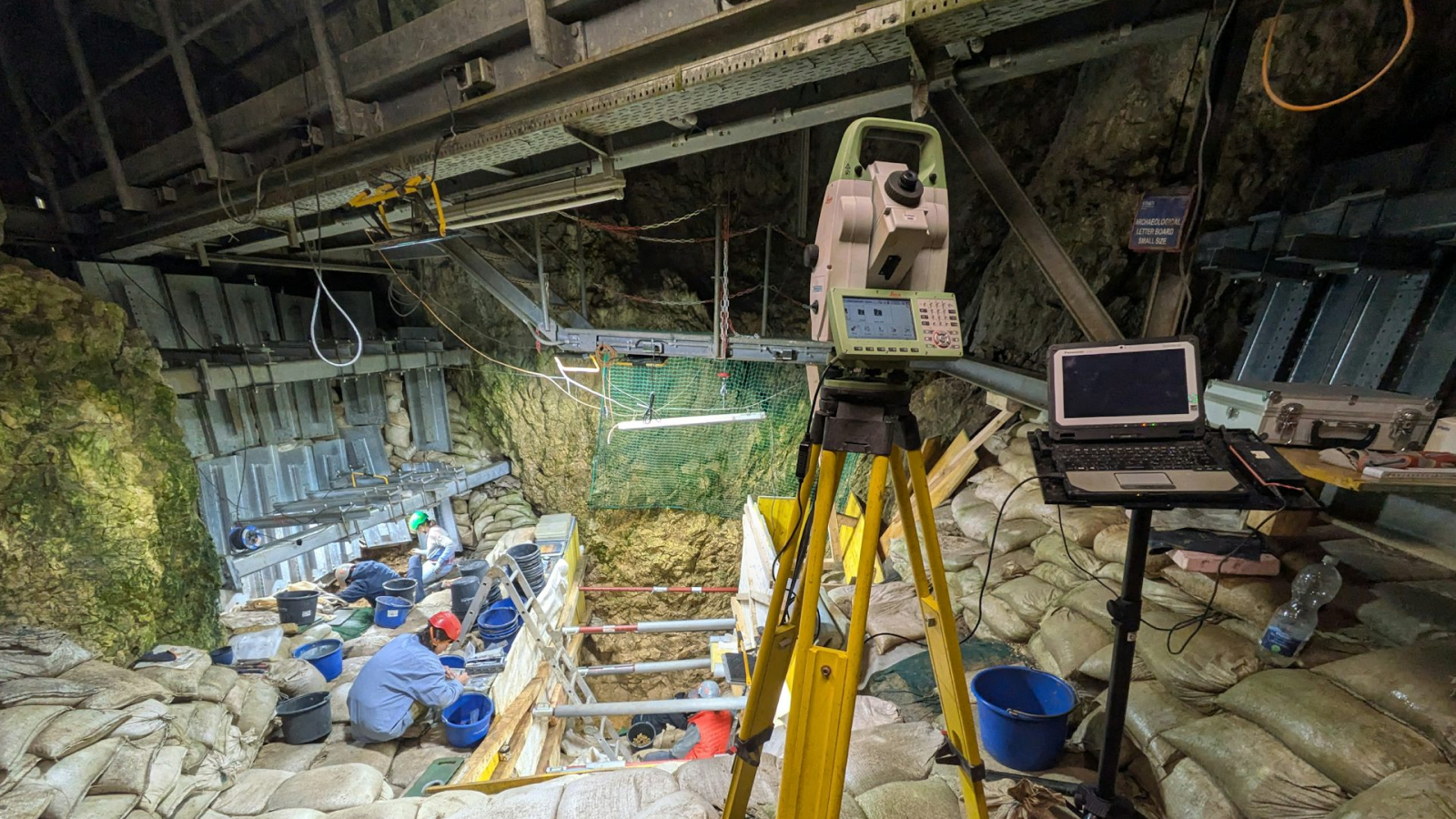Stormy Future in Store for Eastern U.S.

At the end of this century, weather conditions that spawn severe thunderstorms could occur twice as often as they do now, a new study finds, forcing cities in the southern and eastern United States, such as Atlanta and New York, to deal with a stormy future.
Many climate models have projected increases in extreme rainfall in certain regions globally, including parts of the United States. Robert J. Trapp of Purdue University and his colleagues wanted to see if those rains would come from increases in severe weather over the continental United States, already a hotspot for severe thunderstorms.
Because climate models don't have the resolution to predict that a thunderstorm will develop on a particular day, say, May 8, 2087, Trapp and his team used modeled scenarios to look for changes in two factors important to the development of thunderstorms, storm potential energy and wind shear, over the next 100 years.
Energy increases
The potential energy for a storm is "really sensitive to the amount of warm, humid air near the ground and in a warming world, this becomes increasingly more abundant," Trapp explained, since warm air holds more moisture.
Wind shear is the difference between wind speeds at different levels above the ground, and a large shear can foster a large, spinning storm.
As expected in a warming world, the models showed large increases in potential energy for storms and decreases in wind shear, but the increases in energy were still enough to fuel storms.
Get the world’s most fascinating discoveries delivered straight to your inbox.
"Even though what we found, that the wind shear decreases, this energy increases much more to more than compensate for any other decreases," Trapp told LiveScience.
The results are detailed in the Dec. 3 issue of the journal Proceedings of the National Academy of Sciences.
The models projected that these energy increases would occur in areas already known for getting their fair share of severe weather, including the Midwest (throughout Tornado Alley), the Southeast and the East Coast—anywhere in close proximity to a moisture source, such as the Gulf of Mexico or the Atlantic Ocean. The increases would also occur in the seasons when severe weather normally develops, the spring and summer.
"We don't see a huge shift in locations that don't currently get severe weather, and we don't see a huge shift in times of the year as well," Trapp said.
Doubling of days
Essentially, the models showed that for cities like Atlanta and New York, the number of days that storm-fueling conditions might be present could increase, perhaps doubling the current number of days by the end of the century.
While more thunderstorms may not seem like such a bad thing, especially to the currently parched parts of the Southeast, the damaging winds, hail and tornadoes that can form from more severe storms are a cause for concern.
"Thunderstorms in and of themselves are OK, but when they start reaching severe intensity, that's what we don't want," Trapp said.
Of course, all of these projections depend on what happens to greenhouse gas emissions levels—if nations cut back, the potential for more severe storms won't increase as much, Trapp said. But the more the Earth's average temperature rises, the higher the potential for the storms to develop will be.
- Video: Way Too Close to Dangerous Tornadoes
- Top 10 Surprising Results of Global Warming
- The World's Weirdest Weather

Andrea Thompson is an associate editor at Scientific American, where she covers sustainability, energy and the environment. Prior to that, she was a senior writer covering climate science at Climate Central and a reporter and editor at Live Science, where she primarily covered Earth science and the environment. She holds a graduate degree in science health and environmental reporting from New York University, as well as a bachelor of science and and masters of science in atmospheric chemistry from the Georgia Institute of Technology.


